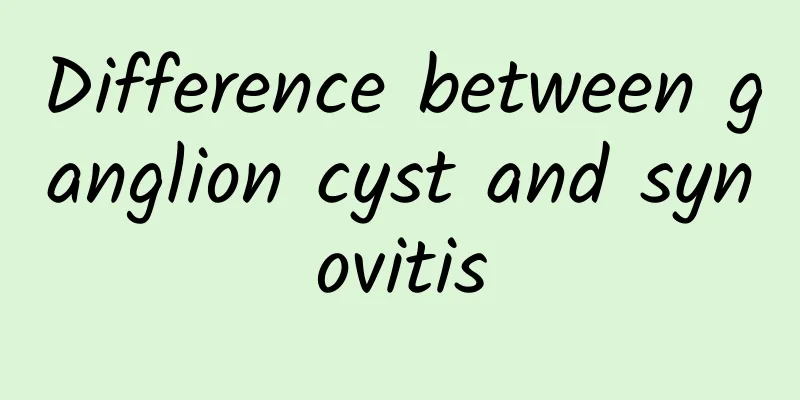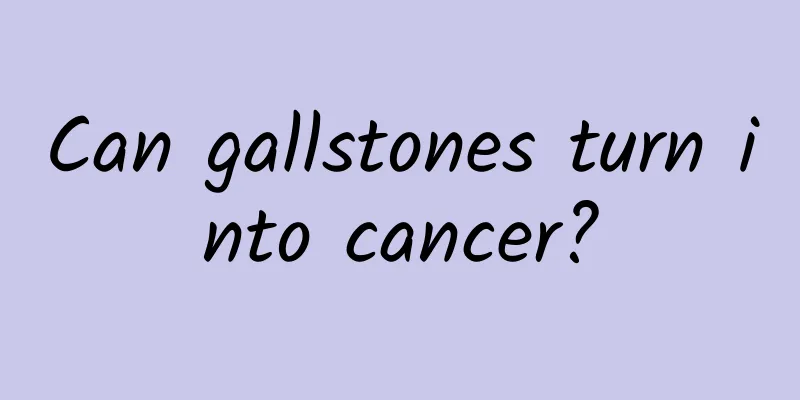Difference between ganglion cyst and synovitis

|
Ganglion cysts and synovitis can be distinguished by symptoms, causes and treatments. Ganglion cysts are usually benign masses, while synovitis presents with joint swelling and pain. Ganglion cysts can be treated by observation, puncture and drainage or surgical excision, while synovitis requires anti-inflammatory drugs, physical therapy or surgical intervention. 1. Ganglion cyst is a common soft tissue mass that usually appears in the wrist, finger or foot. It is formed by the accumulation of synovial fluid in the joint or tendon sheath, and appears as a round or oval mass with a hard texture. It may be slightly painful when pressed. The cause of ganglion cyst is still unclear, and it may be related to chronic injury or overuse of the joint or tendon sheath. Treatments include observation, puncture and fluid extraction, and surgical resection. Observation is suitable for patients with no symptoms or small masses; puncture and fluid extraction relieves symptoms by extracting the fluid in the cyst; surgical resection is suitable for cases with recurrent attacks or those that affect function. 2. Synovitis is an inflammation of the synovial membrane of the joints, which is common in the knee, hip and shoulder joints. Symptoms of synovitis include joint swelling, pain, limited movement, and in severe cases may be accompanied by fever and general discomfort. The causes of synovitis are diverse and may be related to infection, trauma, immune diseases such as rheumatoid arthritis, or metabolic diseases such as gout. Treatments include medication, physical therapy and surgical intervention. Medication mainly uses non-steroidal anti-inflammatory drugs such as ibuprofen, glucocorticoids such as prednisone or immunosuppressants such as methotrexate; physical therapy includes hot compresses, cold compresses and joint function exercises; surgical intervention is applicable to severe cases, such as synovectomy or joint replacement. There are significant differences between ganglion cysts and synovitis in terms of symptoms, causes and treatments. Ganglion cysts are usually localized lumps, while synovitis manifests as joint inflammation. Early identification and proper treatment can help relieve symptoms and improve quality of life. If relevant symptoms occur, it is recommended to seek medical attention in a timely manner, make a clear diagnosis and take targeted treatment measures to avoid worsening of the disease or complications. |
<<: Can I eat instant noodles if I have breast hyperplasia?
>>: Is neurological cerebral vasospasm serious and can it be cured?
Recommend
What fish is good for breast cysts?
When choosing fish in their diet, patients with b...
What are the complications of leg fractures?
What complications may result from a leg fracture...
How to prevent mastitis
How to prevent mastitis? Lactating women are pron...
How does heel fasciitis develop?
The formation of heel fasciitis is mainly related...
What are the treatment drugs for hemangioma on the lips?
Lip hemangioma is a multi-disease, and its etiolo...
How to treat rectal polyps
Rectal polyps require appropriate treatment based...
What to check for gallstones
After discovering gallstones, it is recommended t...
What is the effect of taking vitamin C for mastitis
Supplementing vitamin C appropriately can help en...
Does an 8-year-old child need surgery for appendicitis?
Appendicitis in children under 8 years old usuall...
Can I eat fish if I have an abscess on my face?
You can eat fish when you have an abscess on your...
How to treat breast cysts with traditional Chinese medicine
The TCM treatment methods for breast cysts mainly...
Are ureteral stones serious?
If the surface of the stone is not smooth or the ...
Why are some people prone to gallstones?
Some people are more susceptible to gallstones, w...
What are the clinical symptoms of patients with gallstones?
The clinical symptoms of gallstone patients mainl...
How to classify cervical spondylosis and its symptoms
The classification and symptoms of cervical spond...









